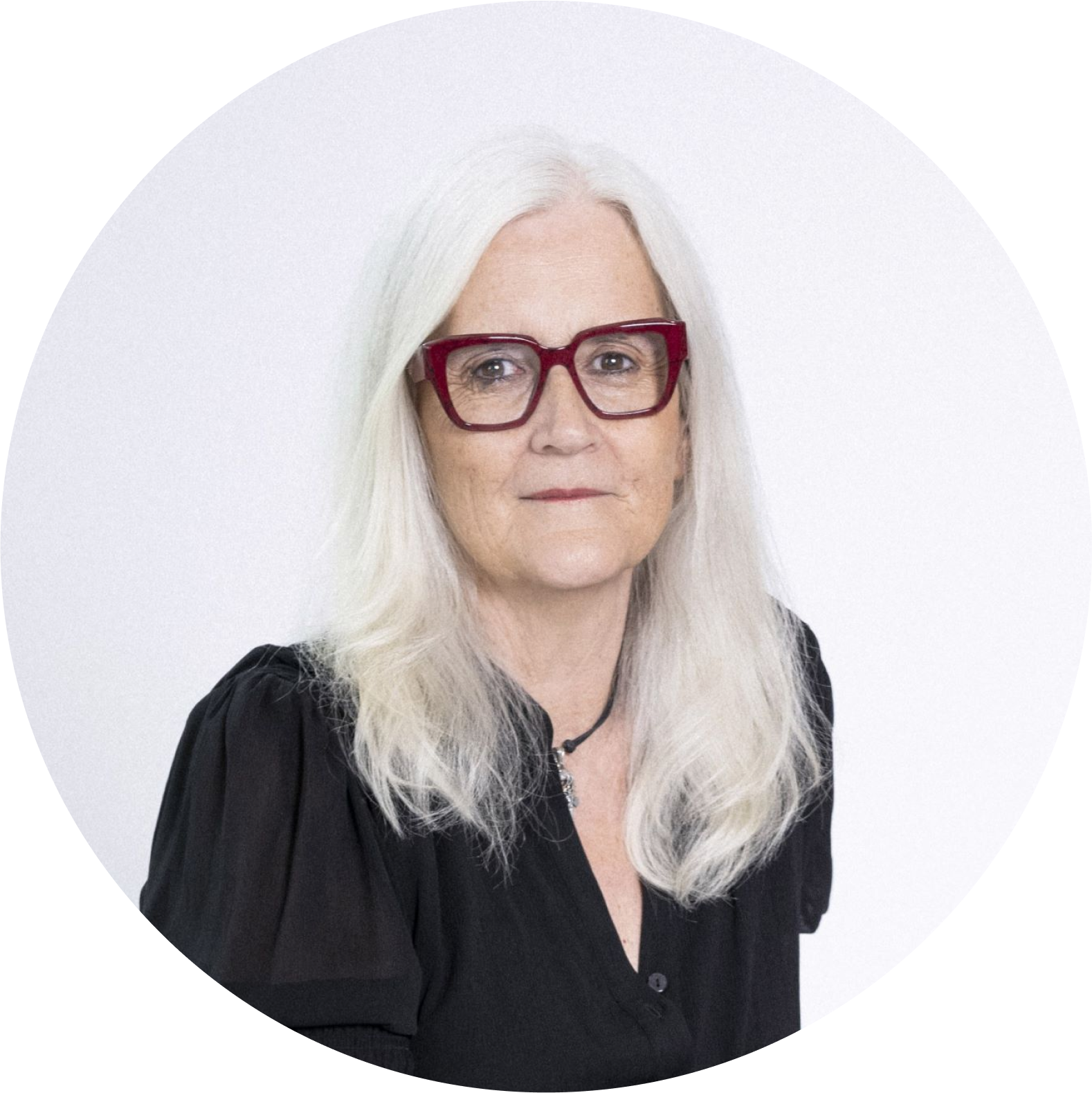
“Social capital is fundamentally about how people interact with each other.” Dekker and Uslaner
The Coronavirus pandemic has tested and stretched us; it’s also been the catalyst for many transformations in the work environment. Patterns and processes that we thought were immutable, changed almost overnight. We adapted and we made do. But now we’re deeply embedded into this new landscape, and reality has struck. There will be no reversal to what was before and no significant reset.
Instead, we’re starting to evaluate where we have profited practically, economically, politically, and socially from our new ways, while also counting the costs and managing the whiplash. As we continue to live with the evolving mutations of the virus, many people are harbouring a level of exhaustion and an ongoing sense of caution around proximity.
Though work conditions have never been more flexible, neither have they ever been more challenging. Focus on our team members’ personal health and wellness is at an all-time high, but so is the mental health crisis. Working from home has elevated the level of trust between leaders and teams, while at the same time, the distance has eroded our ability to nurture our social connections and build our social capital. It’s little wonder we’re fatigued from carrying so many levels of tension.
If we take a moment to reflect on our discomforts and see through to the opportunities and ways we can regenerate, a place to land might be making a much-needed deposit in our social capital bank.
Social capital as part of human capital
Let’s start this banking process by thinking of it in broader brushstrokes. Human capital has been described as an “entire set of intangible qualities people bring to the organization that might help it succeed. A few of these include education, skill, experience, creativity, personality, good health, and moral character.”
Countries are even graded according to their human capital. A country’s human capital value – of which its social capital is the bonding agent – is determined by the affordability and availability of its health system, which determines physical health; its income and assets, which infers crime levels; its freedom of expression; and the occurrence of violent conflicts.
Our global Human Capital average is currently sitting at 44%, showing us that the world isn’t breaking even, although, the current survey says there are definite signs of positive trends.
A way to accelerate that upward curve is to elevate the relationships that form the networks within our own institutions and organisations, so that we can all experience better health, stability, and fulfillment, and share that abundance across all facets of our lives.
What exactly is social capital and how do we bank it?
“Social capital [positively] affected the COVID-19 response through facilitating cooperation and self-sacrifice for the common good and promoting public acceptance of and compliance with control measures.” Cary Wu
Finding a one-size-fits-all definition of Social Capital is tricky. A simple interpretation might connect it to popularity. But in organisational and leadership terms, it implies so much more. Social capital is a notion and a practice that recognises the value of social networks, including the bonding between similar people and the bridging between diverse people. It operates on norms of reciprocity, and our ability to gauge our position relative to others.
In a societal sense, it’s about shared connections, understandings, and (sometimes) values that allow us to trust and ‘be’ together. In business, it points to the potential influence we can have in our broader ecosystem. Social capital affects how well the wheels spin.
Case studies of organisations in transformation reveal that enhanced social capital is fundamental to the cultural changes required to improve a company’s effectiveness. And it’s not just businesses. During the pandemic, research has shown us that communities with a high degree of social capital experienced less severe outbreaks and handled it better.
It’s also been proven that public health systems are strengthened by communities that operate in social solidarity with trust i.e., exhibit higher levels of social capital.
As individuals, we are constantly making deposits and withdrawals in the social capital bank, such as when we lend support unasked, listen to others with compassion, or share personal moments.
Recently, though, we’ve been missing the opportunities for the spontaneous engagement we’ve had in the past with our daily in-person work relationships. Our current hybrid ways of working mean that we don’t always see team members in person. We can’t easily grab lunch with our external network of partners or help the person at the next desk with a problem.
This diminished opportunity to build social capital over the last year or so is now a very real issue with complex ramifications for knowledge sharing. We understand that there are two kinds of organisational knowledge transfer: explicit and tacit. Conveying explicit knowledge can be as straightforward as sharing a list of technical instructions. This is easy enough convey whether we’re online or in person. But tacit knowledge is far more ephemeral because it is shared best through personal connections operating in a culture of trust i.e., where the social capital is strongest.
The distance and disconnect of virtual environments impact the strength of our work relationships because it affects our ability to build connections and trust, and therefore our ability to share tacit knowledge. Without the transfer of tacit knowledge, we struggle to reach any kind of optimal performance.
So, how do we continue to maintain and build our social capital, if we’re working in blended environments?
Perhaps the hint to that answer lies in what drives us to be most engaged at work.
The clue to a high social capital culture
In our values-driven Age of Affinity, we are seeking to surround ourselves with like-minded, intentionally purposeful people, and studies show that this means we are on the move. There are clear signs that if we are not getting what we need in a workplace, we will seek it out elsewhere.
And what we are seeking, more than any other factor, according to recent research, is personal recognition. It’s been identified as the largest driver for the kind of employee engagement that results in great work and team member satisfaction.
Recognition, in this context, refers to how our organisation appreciates our contribution and can be expressed in a variety of ways. It ranks well above other factors such as money, autonomy, and being inspired by leaders.
When we don’t receive recognition, we are less likely to be motivated to work well and build the connections and environment in which social capital flourishes. Without the social capital, we fall to operating in isolation. Social isolation at work not only disrupts the cohesion of the system, but also has an deleterious impact on physical and mental health.
Building social capital at work
So, as we seek to boost and revive the interpersonal connections in our workplace, consider, rebuilding social wealth through personal recognition. For leaders, this means acknowledging, giving time to, listening to, and celebrating others. It shows your team that not only do you value them, but also your relationship with them. They will feel “seen”, which will increase the quality of your interpersonal connection.
This not only benefits your team members; it will help you too. The longest-ever study on personal happiness, from Harvard, demonstrated that the quality of our personal relationships (both at and away from work) has a direct correlation to our physical and mental health, especially as we age. This has since been well supported and built upon by other neuroscientists, who have concluded that social connections are strong predictors of health and well-being. Building social capital to strengthen relationships is not only a way of improving our work culture; it’s crucial to our overall quality of life.
Personal social recognition can take many forms in the work environment. It may be as simple as being asked for your opinion, encouraged to share your view with the larger group, and given specific positive feedback. Or it could be as significant as a promotion or pay rise. As leaders, it requires that we are prepared to consistently give voice and action to the recognition of attitude, effort, and execution
Leading a work culture high in social capital
Beyond the act of recognition, there are a number of cultural changes we can foster in our teams or organisations to nurture social capital. Irrespective of the configuration of your workplace, certain key elements remain the same.
We can make a conscious choice to deepen and strengthen these aspects of work life for our teams.
- Psychological safety requires that team members can share their opinions and feelings without fear of retribution or negative consequences. A culture high in psychological safety runs on an engine fuelled by listening and respect.
- Psychological safety grows in an atmosphere of reciprocity. Leaders who are prepared to share some of their personal feelings and insecurities are more likely to build trust and deepen relationships with team members through an increased sense of belonging.
- Shared language is about being able to communicate in a way that resonates; it means being able to read from the same page to maximise potential and minimise interference.
Investing in bridging and linking
When theorist Robert Putnam developed his Social Capital model of Bonding, Bridging, and Linking, he may have anticipated the impact of technology on our lives, but not the intersection of it with a global pandemic that has forced us to stay at home and isolate ourselves from each other.
As the Covid era evolves, we may be consciously continuing to try and bond with like-minded people in our preferred community, but it’s been much harder to create a bridge between horizontal social groups, or link vertically between socio-economic groups.
The wider reaches of social capital are further from our grasp than usual. And as we adjust and evolve into new ways of being, living, and working, it is these broader aspects of how we build relationships that will need our attention.
Perhaps the way through this is to elevate our skills as facilitators and relational catalysers rather than leaders and experts. In the new era of distributed, values-based decision-making, it might be the only way that makes sense, and the best option for reconnecting society.
Need More Help?
Keen to find out more about the ability to nurture connections and build social capital? Performance Frontiers help guide leaders to adjust and evolve into new ways of being, living and working. Speak to Gretel today about how we can partner with you to lead your teams and organisations to bond, bridge, and link through the power of social capital.
While every effort has been made to provide valuable, useful information in this publication, this organisation and any related suppliers or associated companies accept no responsibility or any form of liability from reliance upon or use of its contents. Any suggestions should be considered carefully within your own particular circumstances, as they are intended as general information only.








